Frozen foods have long been a secret weapon for saving money and time, but experts are sounding the alarm that major price hikes are just around the corner. With inflation pressures, rising production costs, and ongoing supply chain challenges, many freezer staples are becoming more expensive than ever before. Acting now could help you lock in better prices before the increases hit your wallet. Whether you stock up for quick meals or rely on frozen options to stretch your budget, paying attention to these changes can make a real difference. Here are 14 frozen foods you may want to grab soon.
1. Frozen Fruit Blends
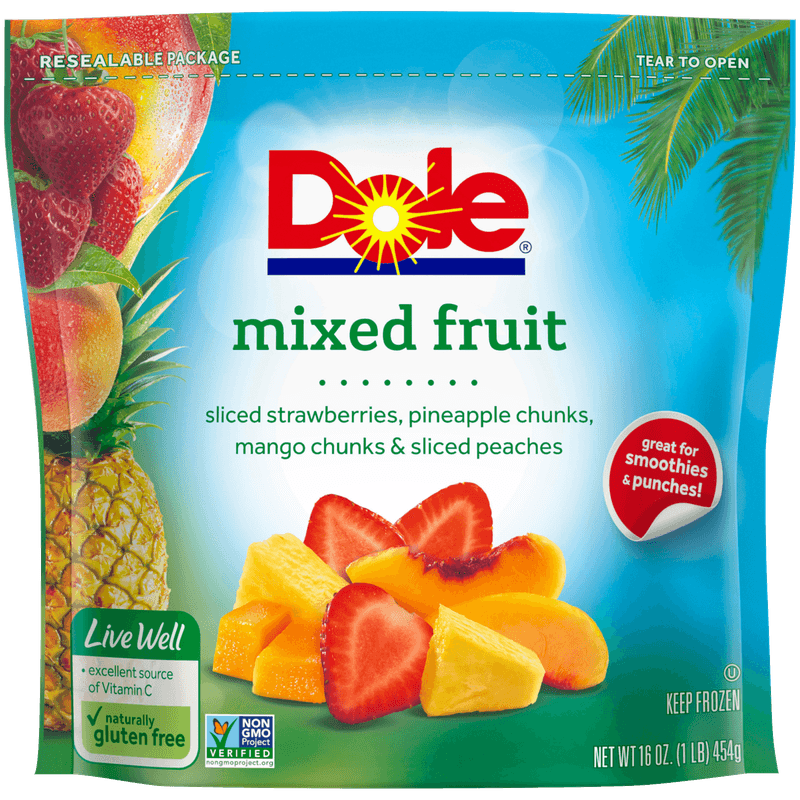
Frozen fruit blends are set to experience noticeable price increases. Several factors contribute to this, including tariffs on imported produce and heightened demand for healthier food options. The U.S. imports a substantial portion of its strawberries from Mexico, which could be subject to new tariffs, causing costs to rise.
Additionally, the health trend has boosted demand for fruit blends, further influencing prices. These vibrant mixes are loved for their convenience and nutritional value, but consumers may need to brace for higher spending in the grocery aisle.
2. Frozen Garlic Cubes
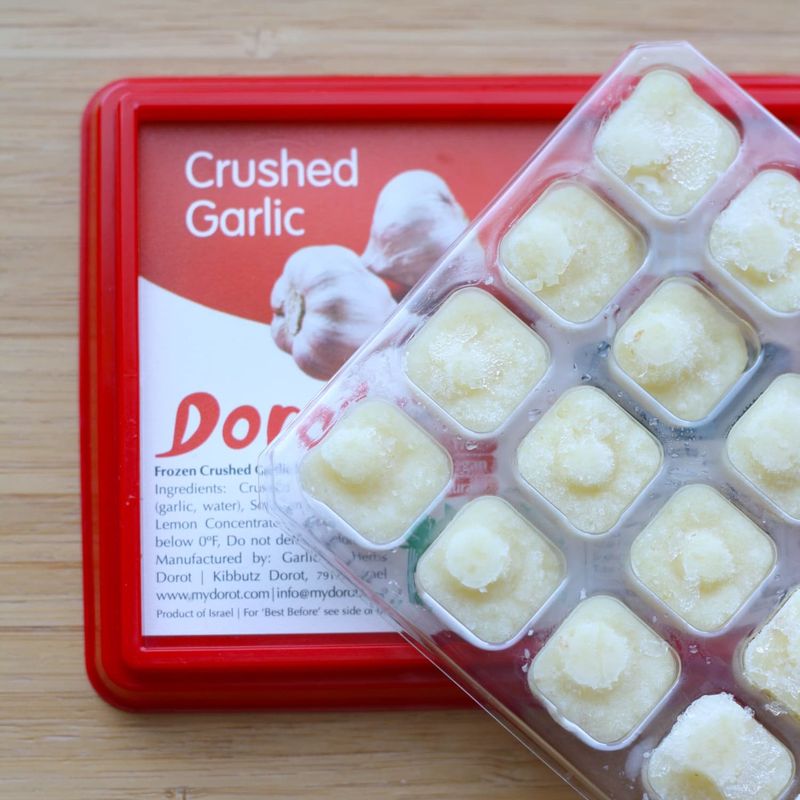
Imagine the savory aroma of garlic without the hassle of peeling cloves. Frozen garlic cubes offer this convenience but might soon come with a steeper price tag. Predominantly imported from China, these handy kitchen staples are vulnerable to tariff-induced cost hikes. As relations fluctuate and tariffs are imposed, the humble garlic cube becomes an economic casualty. This change in pricing could affect households relying on convenient cooking solutions, forcing some to reconsider their grocery budget priorities.
3. Frozen Tilapia
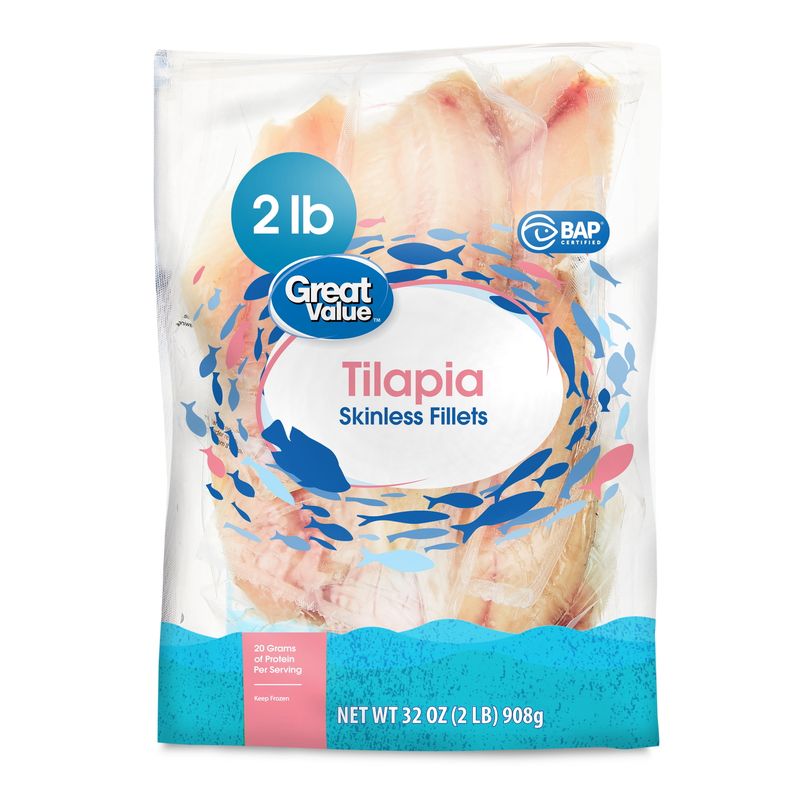
A versatile seafood choice, tilapia, faces potential price increases. This largely imported, farm-raised fish is at the mercy of global inflation and logistical woes. The U.S. domestically produces a small fraction of its tilapia, making it susceptible to international pressures.
Consumers who enjoy tilapia’s mild flavor and health benefits might find themselves paying more. Supply chain disruptions and rising operational costs contribute to this anticipated price hike, impacting both family dinners and restaurant menus alike.
4. Ice Cream
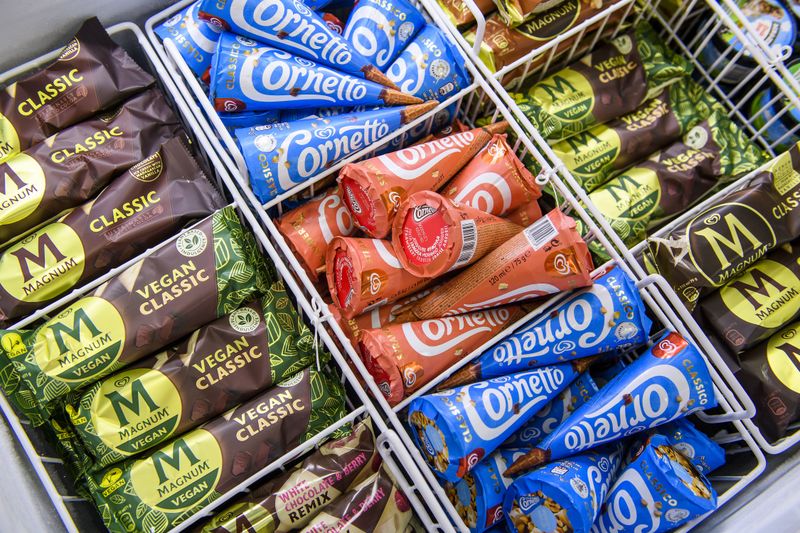
Few treats evoke joy like ice cream, yet its prices may leave a bitter aftertaste. The dairy-rich indulgence is no stranger to cost increases, driven by the escalating prices of milk and other key ingredients. According to the Producer Price Index, ice cream and related products have seen consistent growth in manufacturing costs. This staple of summer and celebrations now faces economic pressures, forcing lovers of the sweet treat to reconsider their dessert budget. Nostalgia may come at a premium.
5. Frozen Broccoli

As a favorite for health-conscious eaters, frozen broccoli is poised for a price surge. This green powerhouse relies on imports, making it particularly sensitive to tariffs and supply chain disruptions. The U.S.’s dependency on imported fresh produce means any changes in trade policies can directly impact prices. Consumers might find themselves paying more for this nutrient-rich vegetable, essential for balanced diets. Broccoli’s potential price increase serves as a reminder of the global intricacies involved in stocking our kitchens.
6. Frozen Shrimp
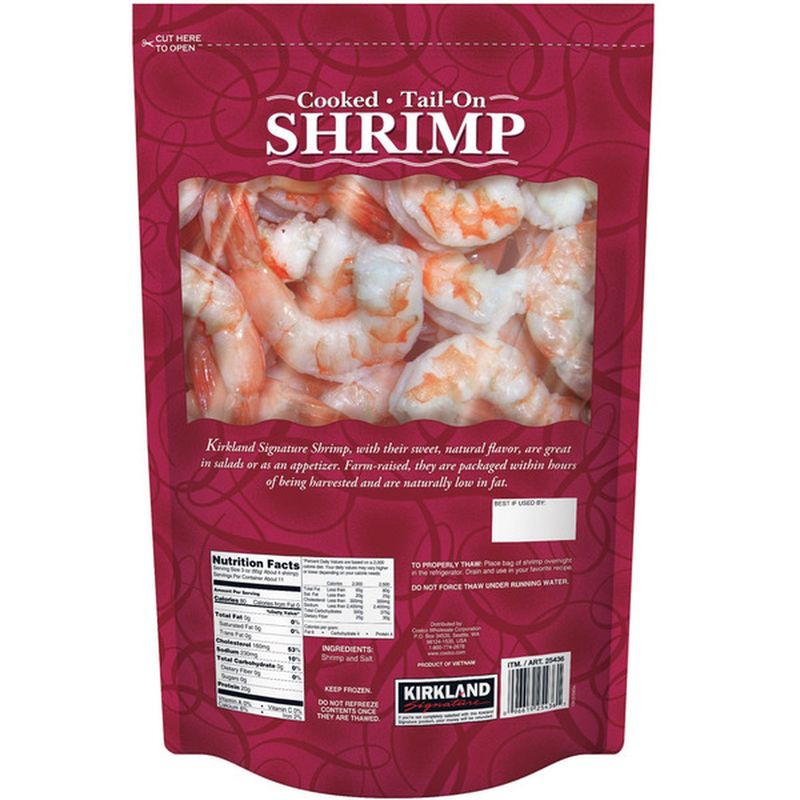
Another beloved seafood delicacy, shrimp, is caught in the tide of rising costs. Global demand and limited supply have set the stage for increased prices. Retail prices for cooked frozen shrimp have already reached significant highs, reflecting these pressures.
As a staple in countless recipes, shrimp’s price trajectory could alter dining habits and seafood market dynamics. The delicate balance of international trade and local consumption plays a pivotal role in determining how much this seafood favorite will cost at checkout.
7. Frozen Apple Juice Concentrate
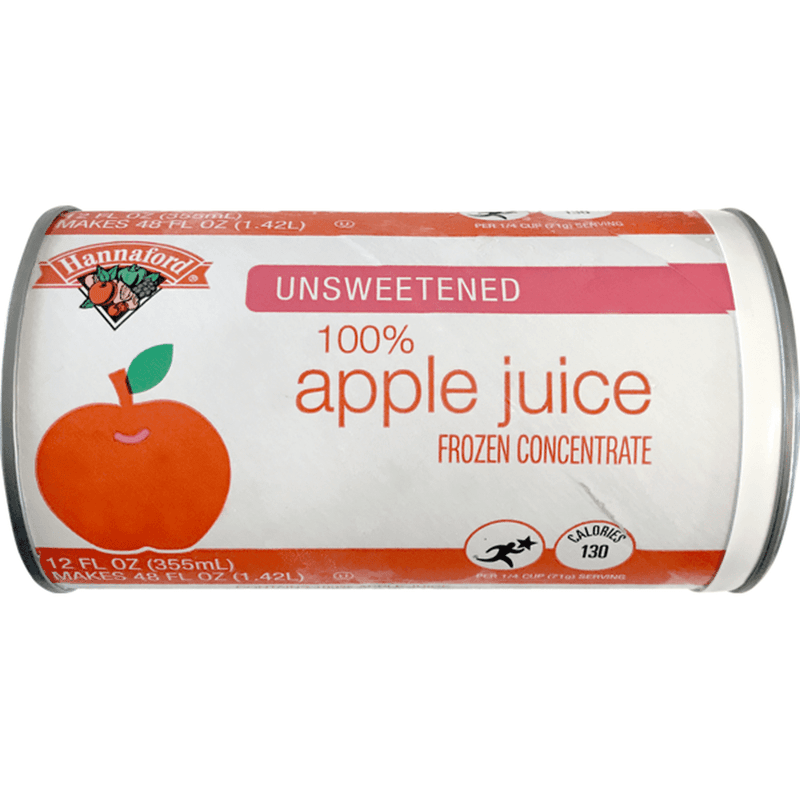
Frozen apple juice concentrate, often sourced from abroad, is bracing for price increases. The U.S. frequently imports this product from countries like China, making it susceptible to tariffs and international market fluctuations.
As trade negotiations evolve, the cost of this breakfast staple may rise, affecting families who rely on it for an economical source of fruit servings. This potential increase underscores the interconnectedness of global markets and local pantries, where international policies directly influence everyday grocery costs.
8. Honey-Battered Fried Chicken or Shrimp
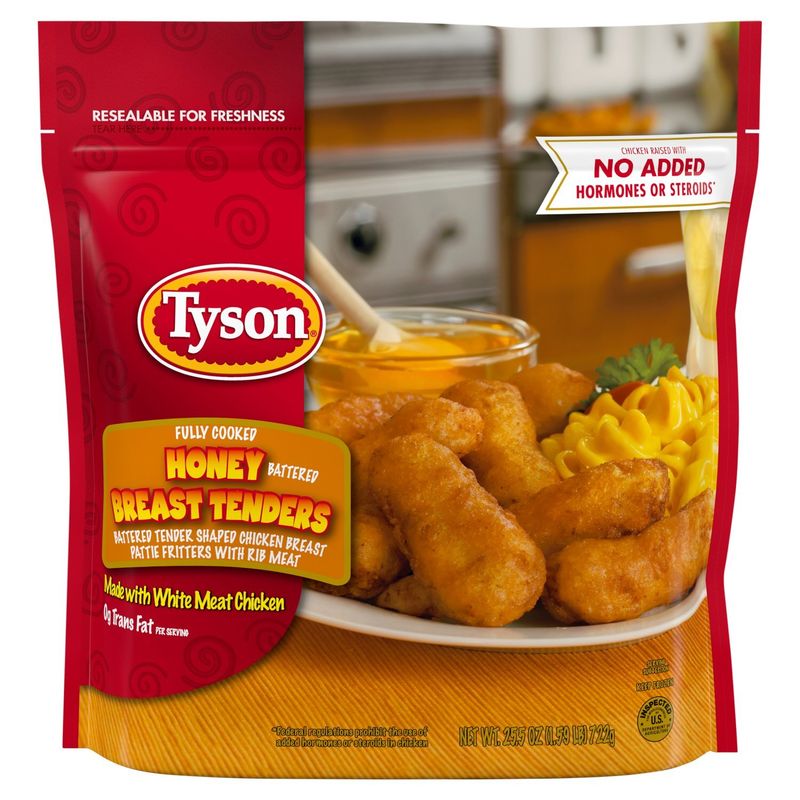
Indulgent and flavorful, honey-battered fried chicken or shrimp could become more costly. The delicious combination of sweet and savory relies on multiple ingredients, each subject to rising costs. Tariffs on imported seafood and inflationary pressures on honey and flour contribute to this trend. These ready-to-cook delights might see an uptick in price, impacting meal planning for those who favor convenience without compromising taste. The golden, crispy exterior of these treats masks the financial complexities involved in bringing them to the table.
9. Frozen Avocado
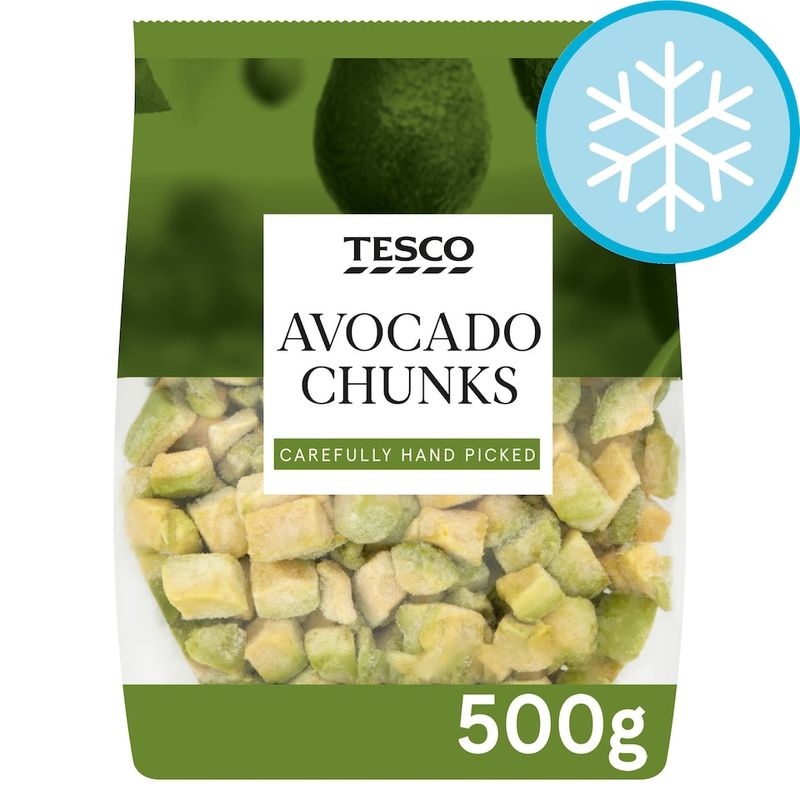
Avocado lovers might find their favorite green fruit costing more in frozen form. Rising tariffs on Mexican imports and persistent supply chain issues are influential in this trend. The proposed 25% tariff on Mexican avocados reflects the broader trade challenges affecting this popular food. As a source of healthy fats and essential nutrients, avocados have won hearts globally, but these economic factors could make them less accessible. For many, this price hike is a bitter pill to swallow in their pursuit of a balanced diet.
10. Frozen Cod
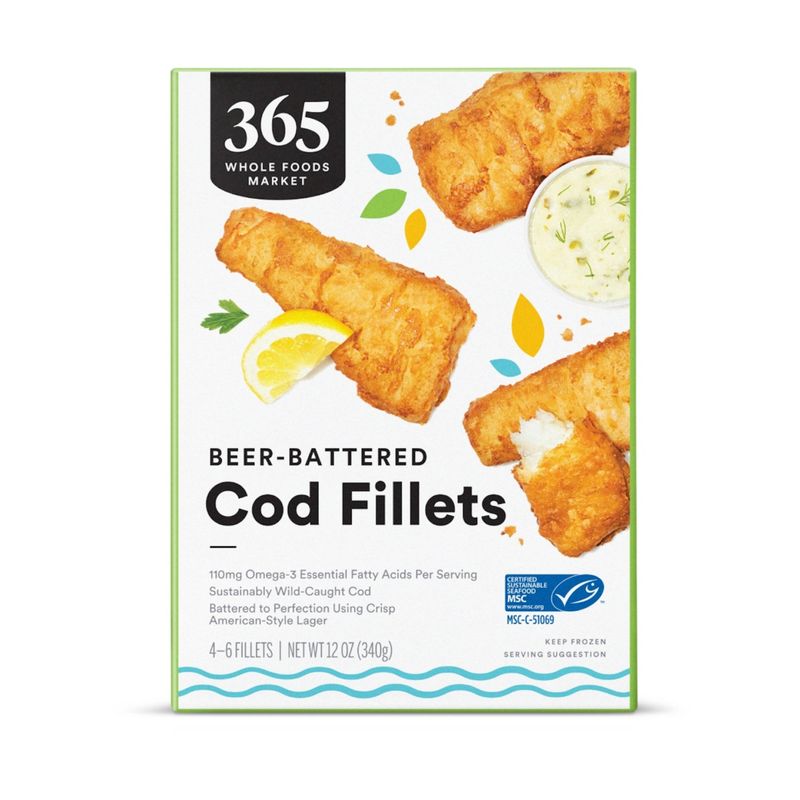
Cod, a staple in many cuisines, is experiencing a rocky price path. Global supply and demand dynamics play a significant role in its cost. In 2025, U.S. wholesale prices for cod have ranged widely, reflecting these market fluctuations. As a versatile fish, cod is cherished for its mild taste and firm texture, making it a favorite in numerous dishes. However, consumers may need to navigate these economic waters carefully, balancing their culinary preferences with their budget constraints.
11. Reese’s Milk Chocolate Peanut Butter Frozen Dairy Cup Dessert

Reese’s milk chocolate peanut butter frozen dairy cups could soon carry a higher price tag. As a branded frozen dessert, it faces similar pressures as ice cream, with ingredient and production costs rising. The distinct combination of chocolate and peanut butter delivers a beloved taste experience, but the financial reality may affect its affordability. This economic shift highlights the broader impact of market changes on even the most cherished treats, compelling dessert enthusiasts to weigh indulgence against expense.
12. Frozen Rice
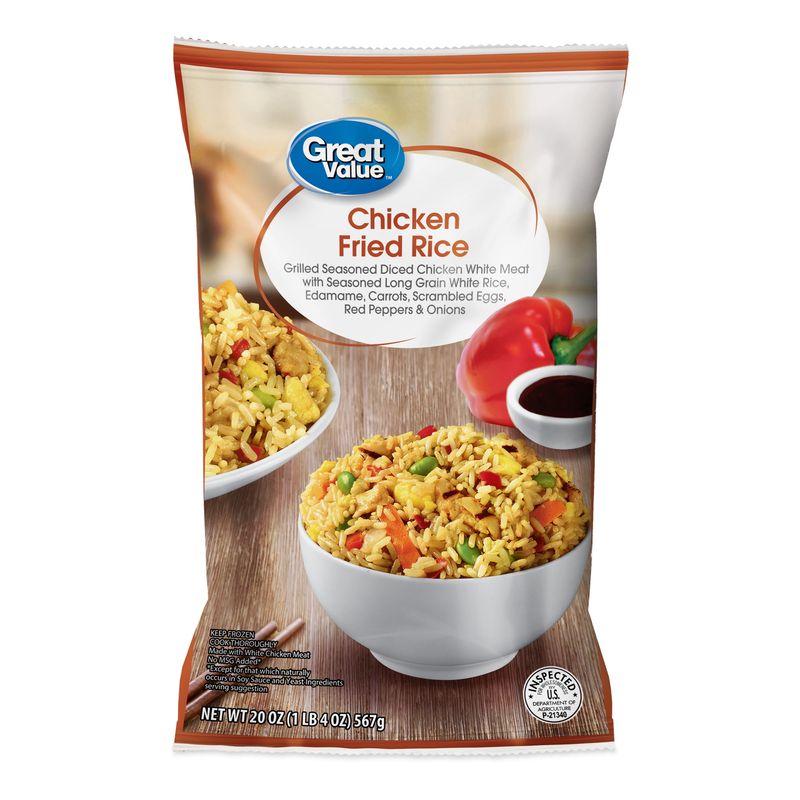
A convenient kitchen staple, frozen rice, is not immune to price fluctuations. The U.S. imports a significant volume of rice, facing global supply issues that drive costs up. Japan’s rice crisis has led to increased imports from countries like South Korea, influencing global rice prices.
This essential grain’s rising cost may impact meal affordability, prompting consumers to rethink their pantry essentials. The situation underscores the delicate balance of international agriculture and the ripple effects felt at a local level.
13. Frozen California Blend Vegetables

Known for their vibrant mix of carrots, cauliflower, and broccoli, frozen California blend vegetables are under economic scrutiny. Tariffs and supply chain challenges are pivotal in their potential price rise. As popular side dishes, these vegetable blends offer nutritional diversity but might demand more from consumers’ budgets. This scenario emphasizes the intricate interplay between international trade policies and everyday grocery shopping, where each produce bag tells a story of global economics and local consumption habits.
14. Frozen Pizza
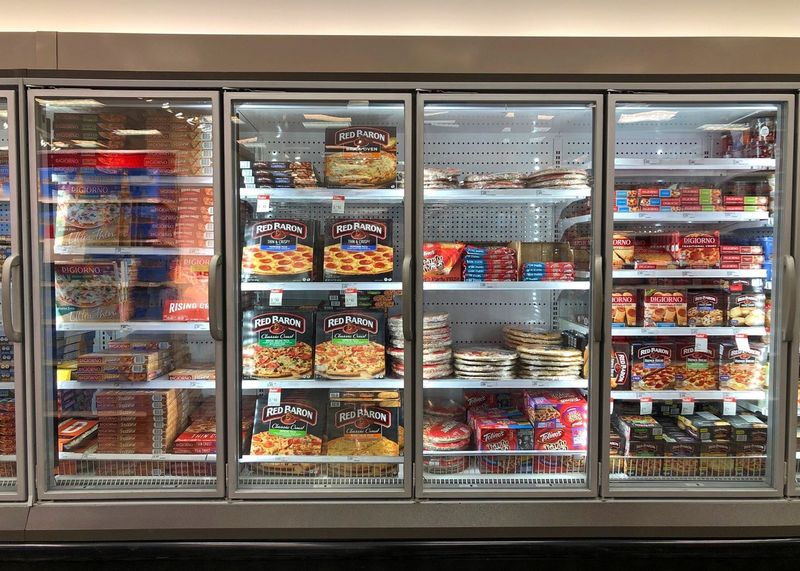
Frozen pizzas have become a household staple, especially during economic downturns, but their prices are climbing. The surge in sales is driven by convenience and comfort, yet ingredient costs have risen alongside. In 2024, the U.S. frozen pizza industry generated significant revenue, maintained by inflation and consumer trends. As an easy meal solution, this beloved food item now faces financial pressures, prompting pizza lovers to reconsider their preferred brands and toppings amidst a shifting economic landscape.
Leave a comment